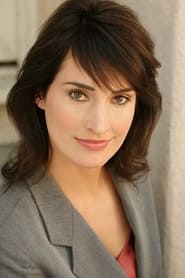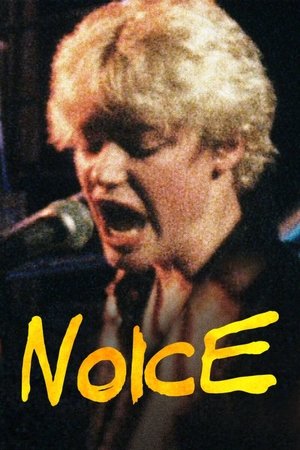
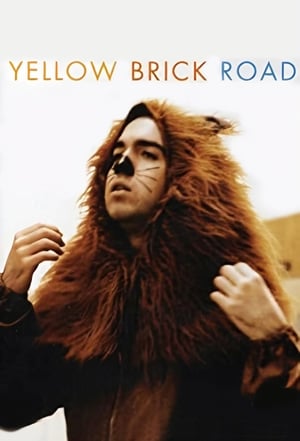
Yellow Brick Road(2005)
A group of disabled actors prepare for and perform a one night only performance of The Wizard of Oz.
Movie: Yellow Brick Road
Top 5 Billed Cast
The Tin Man
The Cowardly Lion
The Scarecrow
Dorothy
Video Trailer Yellow Brick Road
Recommendations Movies
 9.0
9.0The Wizard of Oz(ja)
A tornado sweeps Dorothy away to the land of Oz, to get home she must seek out the Wizard. Along the way she makes friends with Scarecrow, Tin Man, and the Cowardly Lion who want a brain, a heart, and some courage. The Wizard agrees to fulfill their requests after they destroy the Wicked Witch of the West. The Wizard of Oz (オズの魔法使い Ozu no Mahōtsukai) is a 1983 Japanese 10-minute OVA. Part of Toei Animation's World Famous Fairy Tale Series (世界名作童話まんがシリーズ Sekai Meisaku Dōwa Manga Shirīzu) video series, it was originally released in February 1983 on Fujifilm's Single-8 film. Later, it was released on VHS a few times by Toei Video. In the United States, it was dubbed in English and released as part of Volume 4 in the My Favorite Fairy Tales video series, produced in 1986 by Saban Productions and released in 1987 by Hi-Tops Video. It was re-released twice: 1990 by Video Treasures, and 1995 by Anchor Bay Entertainment.
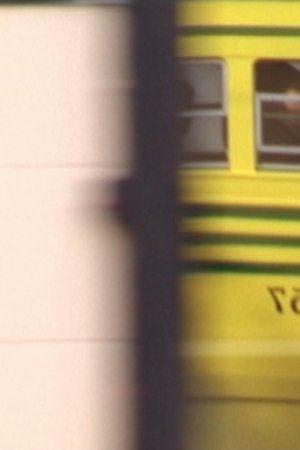 5.7
5.7way(en)
San Francisco filmmaker Konrad Steiner took 12 years to complete a montage cycle set to the late Leslie Scalapino’s most celebrated poem, way—a sprawling book-length odyssey of shardlike urban impressions, fraught with obliquely felt social and sexual tensions. Six stylistically distinctive films for each section of way, using sources ranging from Kodachrome footage of sun-kissed S.F. street scenes to internet clips of the Iraq war to a fragmented Fred Astaire dance number.
Forest(en)
Short film built from photographs, sped up like a traditional stop motion and is meant to be an evocation of the English Eerie and Folk Horror.
 6.0
6.0Million Dollar Racket(en)
Millionaire Larry Duane is posing as his own chauffeur while touring the West and meets Molly Hennessey. They have a small romance until it is ended when her father strikes oil and moves his family east to satistify his wife's social aspirations. Larry also return east to close his estate for the summer, but stays on, still posing as the chauffeur, when he learns that Molly's family is renting the place.
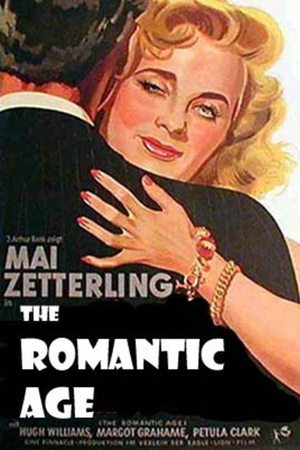 5.1
5.1The Romantic Age(en)
Arlette is a malicious schoolgirl who uses her feminine charms to attract, and then destroy, every man gullible enough to respond to her flirtations. She sets her cap for the art professor and very nearly does him in... but his loving wife and daughter help the deluded man escape the seductive mantrap.
 6.0
6.0Everybody Goes to the Hospital(en)
'Everybody Goes to the Hospital' is an animated exploration of a true physical, psychological, and familial trauma.
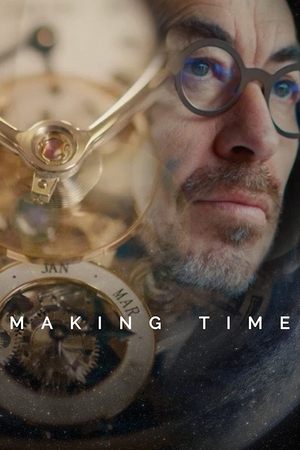 8.0
8.0Making Time(en)
Making Time features the rebels and independents of horology who push the boundaries of the timekeeping invention, journeying deeply into their imaginations and consciousness.
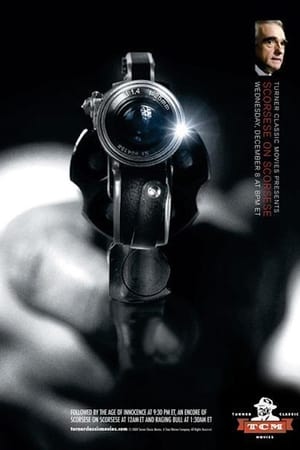 7.7
7.7Scorsese on Scorsese(en)
Martin Scorsese discusses his personal background and his filmography as they relate to each other.
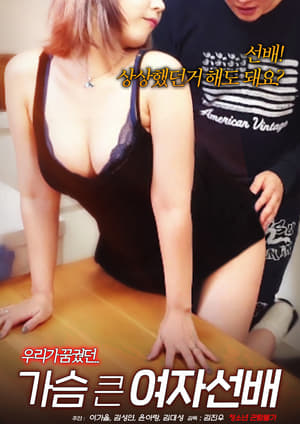 10.0
10.0Big Breasted Woman(ko)
Elder! Can I do what I imagined? Jeong-hee is suffering from the torch of her mother, who is a married couple. As a countermeasure, I ask my junior Jin-gyu to act as a lover. However, Junghee not only acts as a lover, At night, she starts acting as a sex partner. Jin-gyu, who could not stand this, uses her friend Tae-kyung I'm trying to get away from her...
LPS GONE 1(en)
Gone is about a girl named Autumn who discovers she has a sister. She goes on a quest determined to find her. As she tries to find her, she has to go through many puzzles. Once she gets through them all, will her sister even be alive?
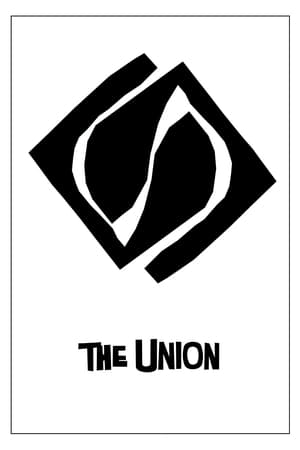 10.0
10.0The Union(en)
In November 2009, filmmaker Cameron Crowe began filming a behind-the-scenes look at the creation of the album The Union, a collaboration between musicians Elton John and Leon Russell, who hadn't spoken to one another in 38 years prior to beginning work on the album. In addition, the documentary offers a rare glimpse into the process John goes through to create and compose his music. Featured in the film are musicians Neil Young, Brian Wilson, Booker T. Jones, steel guitarist Robert Randolph, Don Was and a 10-piece gospel choir who all contribute to the album, which is produced by award-winning producer T-Bone Burnett. Musician Stevie Nicks and John's long-time lyricist Bernie Taupin also appear.
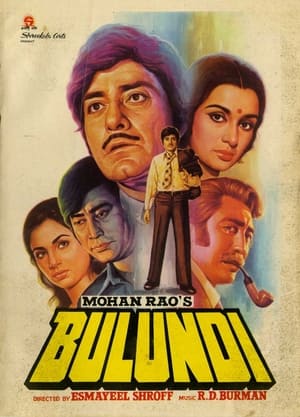 5.0
5.0Bulundi(hi)
A college professor agrees to teach the son of a gangster and becomes a pawn in a deadly game.
 4.0
4.0Big Gay Love(en)
An overweight party planner meets the love of his life but is comically challenged by his own insecurity in image conscious Los Angeles.
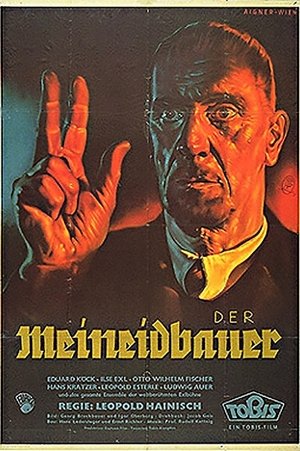 5.0
5.0The Farmer Forsworn(de)
After his stepbrother Jacob dies in an accident, farmer Matthias Ferner learns from Paula, Jacob's spouse of many years, that she and her two children will inherit the whole farm. She takes over command immediately, failing to realize that Matthias must feel like her servant. So he searches and destroys his brother's will and even swears perjury in court - but there's a witness he didn't count in.
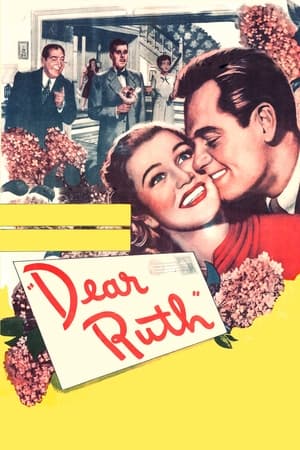 6.6
6.6Dear Ruth(en)
Lt. William Seacroft, on leave from the Italian front, arrives at the New York home of Ruth Wilkins, with whom he has been corresponding. Unknown to both Ruth and Bill, Ruth's younger sister, Miriam, has been writing the letters and signing Ruth's name as part of a program to keep up soldiers' morale. Although Ruth has just gotten engaged to a coworker, she agrees to see Bill and pretend she wrote the letters.
Similar Movies
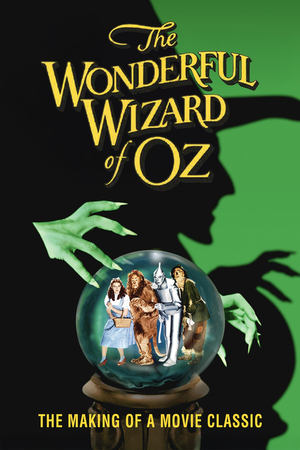 8.3
8.3The Wonderful Wizard of Oz: 50 Years of Magic(en)
Documentary about the making of the 1939 MGM classic film The Wizard of Oz. Includes interviews of cast and crew members, their families and fans of the film.
 5.6
5.6The Secret of Oz(en)
It is well known in economics academia that The Wonderful Wizard of Oz written by L. Frank Baum in 1900 is loaded with powerful symbols of monetary reform which were the core of the Populist movement and the 1896 and 1900 president bid of Democrat William Jennings Bryan. The yellow brick road (gold standard), the emerald city of Oz (greenback money), even Dorothy’s silver slippers (changed to ruby slippers for the movie version) were the symbol of Baum’s and Bryan’s belief that adding silver coinage to gold would provide much needed money to a depression-strapped, 1890s America. We believe Baum’s symbols represent the only solution to relieve the growing economic hardship here in America – and the rest of the world. Practically speaking, 2009 marks the 70th anniversary of the 1939 MGM release of the The Wizard of Oz movie, so interest will be very high. Even Oz websites put up by kids get millions of hits.
The Slippers(en)
THE SLIPPERS pulls back the Wizard’s curtain on the unbelievable story and cultural impact of Dorothy's Ruby Slippers from The Wizard of Oz. Through first-hand accounts and archival interviews, THE SLIPPERS will detail the life of the Ruby Slippers after their sale at the famed 1970 MGM auction. Discovered by costumer Kent Warner, it is unclear how many pairs were found and how many pairs exist. That mystery has only helped to propel the shoes to the forefront of the Hollywood memorabilia market. They have been bought, stolen, and coveted by many. They are considered the most important piece of Hollywood memorabilia and the catalyst for the creation of Hollywood memorabilia collecting.
The Wizard of Malta(en)
Douglas Davis presents his interpretations of The Maltese Falcon (1941), The Wizard of Oz (1939), and Napoleon in the triptych style of the finale of the Abel Gance version of the latter.
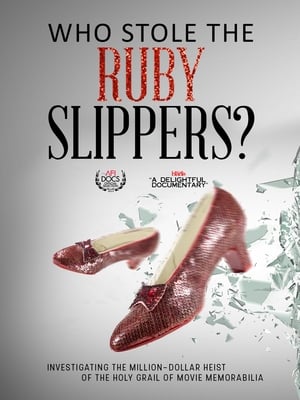 6.0
6.0Who Stole the Ruby Slippers?(en)
A classic Hollywood whodunnit mystery. “Who Stole the Ruby Slippers?” is an investigative look into the 2005 theft of an original pair of ruby slippers worn by Judy Garland in the classic film “The Wizard of Oz”.
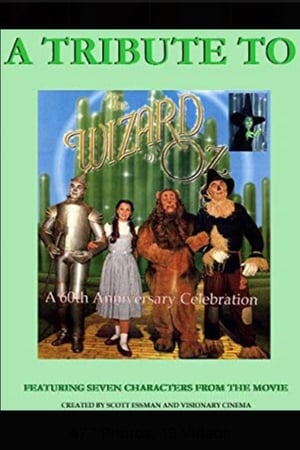 4.0
4.0A Tribute to the Wizard of Oz(en)
A tribute to the characters and makeup artists from the Wizard of Oz, as performed and created by some of the top makeup people in Hollywood. On September 12, 1998, a group of top makeup artists gathered in Studio City, CA, to pay tribute to Jack Dawn and his team from the seminal 1939 classic, The Wizard of Oz.
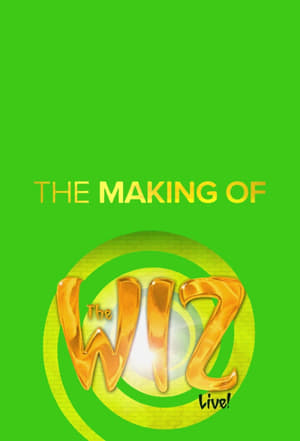 0.0
0.0The Making of the Wiz Live!(en)
Go behind the curtain in The Land of Oz with NBC's "The Making of The Wiz Live!" The hour-long special will give an exclusive backstage look at this highly anticipated television event.
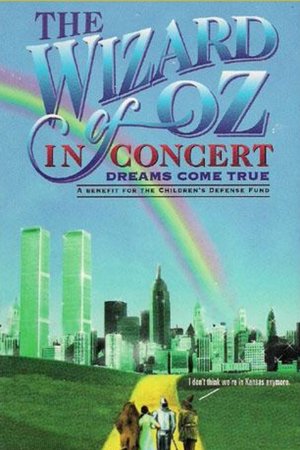 6.5
6.5The Wizard of Oz in Concert: Dreams Come True(en)
This production consists an abbreviated script and highlights most musical numbers from the 1939 film.
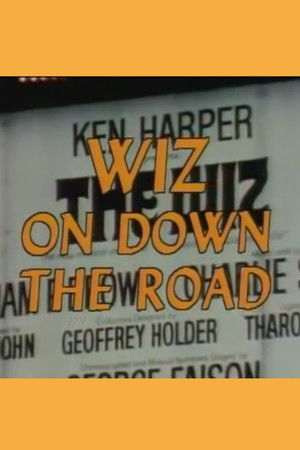 5.0
5.0Wiz on Down the Road(en)
A short promotional film on the making of “The Wiz” (1978). Includes a brief history of Oz portrayals in film and behind the scenes interviews.
To Oz! The Making of a Classic(en)
A look into how L. Frank Baum's classic novel was transformed into one of the most beloved films of all time including archival interviews, behind-the-scenes footage, and rare musical outtakes.
 0.0
0.0Oz: The American Fairyland(en)
The first part tells of the life and works of L. Frank Baum, along with his career as a writer and filmmaker, centering on the creation of Oz. This portion continues with the effect of Oz after his death, with novelties, dolls, radio, stage, and screen adaptions, and advertising gimmicks based on his work, culminating with MGM's Wizard of Oz (1939). While discussing some of the major alterations between the book and the film, such as MGM making Baum's real-life adventure a dream. The second half is about interpretation of Oz by other artists, including Helen Kish, Barry Moser, Barry Mahon, Evelyn Copelman, Robert Tonner, Robin Woods, Michael Hague, Lizbeth Zwerger, Pavel Arsyenov, and Charles Santore. The documentary concludes with an analysis of Baum's work and its profound effect on American culture.
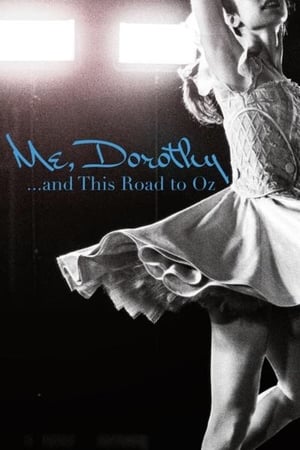 7.0
7.0Me, Dorothy...and This Road To Oz(en)
Kansas City Ballet prepares for the world premiere of The WIzard Of Oz with unfettered access to show the process of creating a brand new ballet from the timeless classic.
 7.0
7.0The Wonderful Wizard of Oz: The True Story(en)
This iconic American story was written in 1900 by L Frank Baum, a Chicago businessman, journalist, chicken breeder, actor, boutique owner, Hollywood movie director and lifelong fan of all things innovative and technological. His life spanned an era of remarkable invention and achievement in America and many of these developments helped to fuel this great storyteller's imagination. His ambition was to create the first genuine American fairytale and the story continues to fascinate, inspire and engage millions of fans of all ages from all over the world. This documentary explores how The Wonderful Wizard of Oz has come to symbolise the American Dream and includes previously unseen footage from the Baum family archives, still photographs and clips from the early Oz films, as well as interviews with family members, literary experts and American historians as it tells the story of one man's life in parallel to the development of modern America.
 5.0
5.0We're Off to See the Munchkins(en)
The last eight surviving Munchkins from The Wizard of Oz share their memories in this 1993 documentary hosted by Oz historian John Fricke.
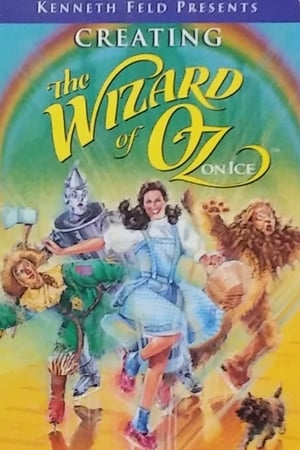 10.0
10.0Creating The Wizard of Oz on Ice(en)
Behind the scenes in the making of “The Wizard of Oz on Ice”.
The Whimsical World of Oz(en)
A promotional piece for the Disney film "Return to Oz", that also traces the history of the Oz books and films.
 6.8
6.8Because of the Wonderful Things It Does: The Legacy of Oz(en)
A featurette about The Wizard of Oz (1939).
 0.0
0.0In Search of Oz(en)
BBC 2 produced this documentary on the Oz books of L. Frank Baum and the films and fantasies that they inspired, particularly the first book `The Wonderful Wizard of Oz'. Includes clips from the several silent film versions of the stories produced by Baum that have survived as well as the 1939 film with Judy Garland, and interviews with such enthusiasts as Salman Rushdie, Gore Vidal, Ray Bradbury, Geoffrey Ryman and Nora Ephron.
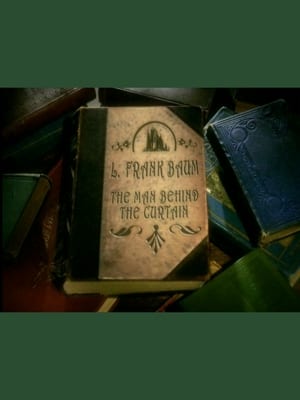 6.0
6.0L. Frank Baum: The Man Behind the Curtain(en)
A featurette on L. Frank Baum, author of The Wonderful Wizard of Oz and other children's books.
